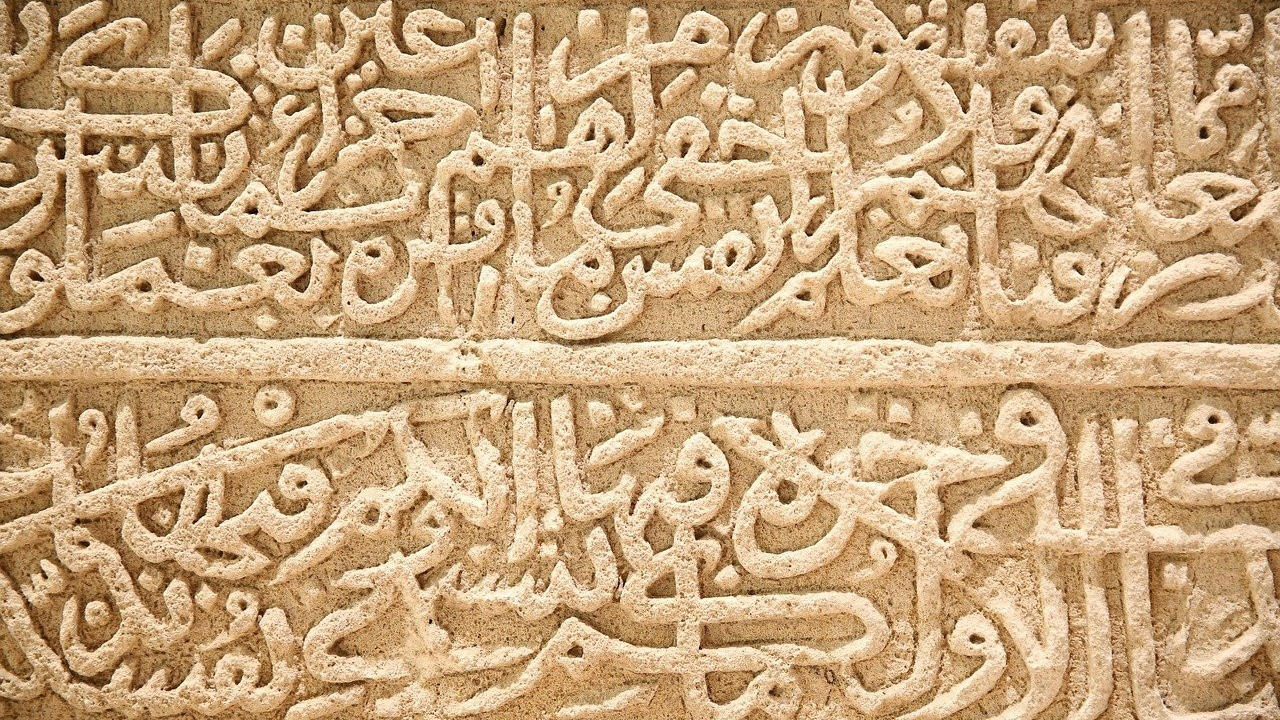Early origins of Arabic Calligraphy

Throughout the history of Islam Arabic Calligraphy has inspired awe and love for the divine words of God and its visual appeal has not only been limited to Muslims, but to anyone who appreciates beauty.
Understanding the history behind the development of Arabic calligraphy allows one to appreciate the refinement process that the script endured over thousands of years.
THE PHOENICIAN ALPHABET
Arabic's lineage can be tracked all the way back to the Phoenician alphabet (also known as the Proto-Canaanite alphabet) which came into use around 1800 B.C. Put together in the city of Byblos and consisting of 22 consonant letters, the alphabet was used to write Phoenician, a North-Semitic language spoken by the civilization of Phoenicia (where Palestine, Lebanon, and Syria are situated today). Some scholars theorize that this was the language spoken by Yaqub السالم عليه) Jacob) and his sons, Yusuf السالم عليه) Joseph) and Bin Yameen السالم عليه) Benjamin).
Since the Phoenicians were mainly merchants, and sailed throughout the Mediterranean, their alphabet impacted the entire region connected by the sea (Southern Europe and North Africa). In addition to that, since Phoenicia was geographically a central hub between the Ancient East and West, the spread of the alphabet became relatively seamless.
In the originating region, the Phoenician alphabet evolved into the Paleo-Hebrew alphabet in 1000 B.C., an early version of the letters used in the Jewish scriptures. Though unconfirmed, some Jewish scholars state that this was the language adopted by the Israelites at the time of the Exodus and mass-migration from Egypt. Inscriptions of the Paleo-Hebrew could still be found on the walls of Prophet Sulaiman's عليه السالم) King Solomon's) temple.
Traveling West, the Phoenician alphabet evolved into the Greek alphabet in 800 B.C. The Greek alphabet eventually gave rise to the Latin alphabet in 700 B.C. which we are currently communicating in. Traveling East, in 1000 B.C., the Aramaic script emerged from the settlement of Aram, Syria. Aramaic soon became the predominant language of the Mesopotamian region. A majority of Christian scholars agree that Aramaic was the language of Prophet Isa السالم عليه) Jesus) and the script of the original Injeel (Holy Bible).
In 100 B.C. Aramaic influenced the birth of the Nabataean script in the city of Petra, Jordan. Shortly after, the Nabataean script gave way to the development of the Syriac script. This script is the direct predecessor of the Arabic script, and from the illustration here, you can see that this script was very “Arabic” looking but it isn’t quite there yet.
Keep an eye out for our next blog Post where I will be going through the Emergence of Arabic scripts.
